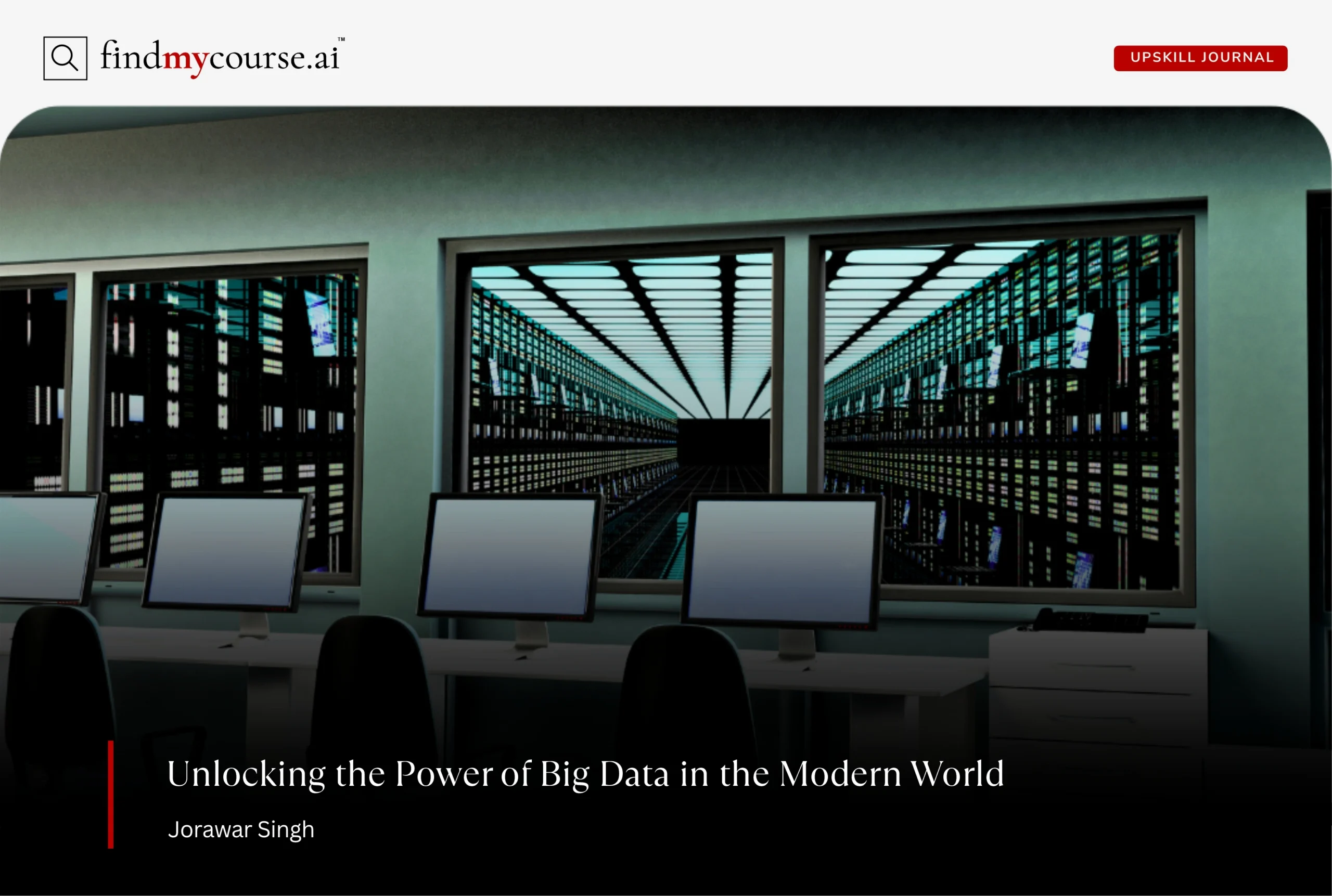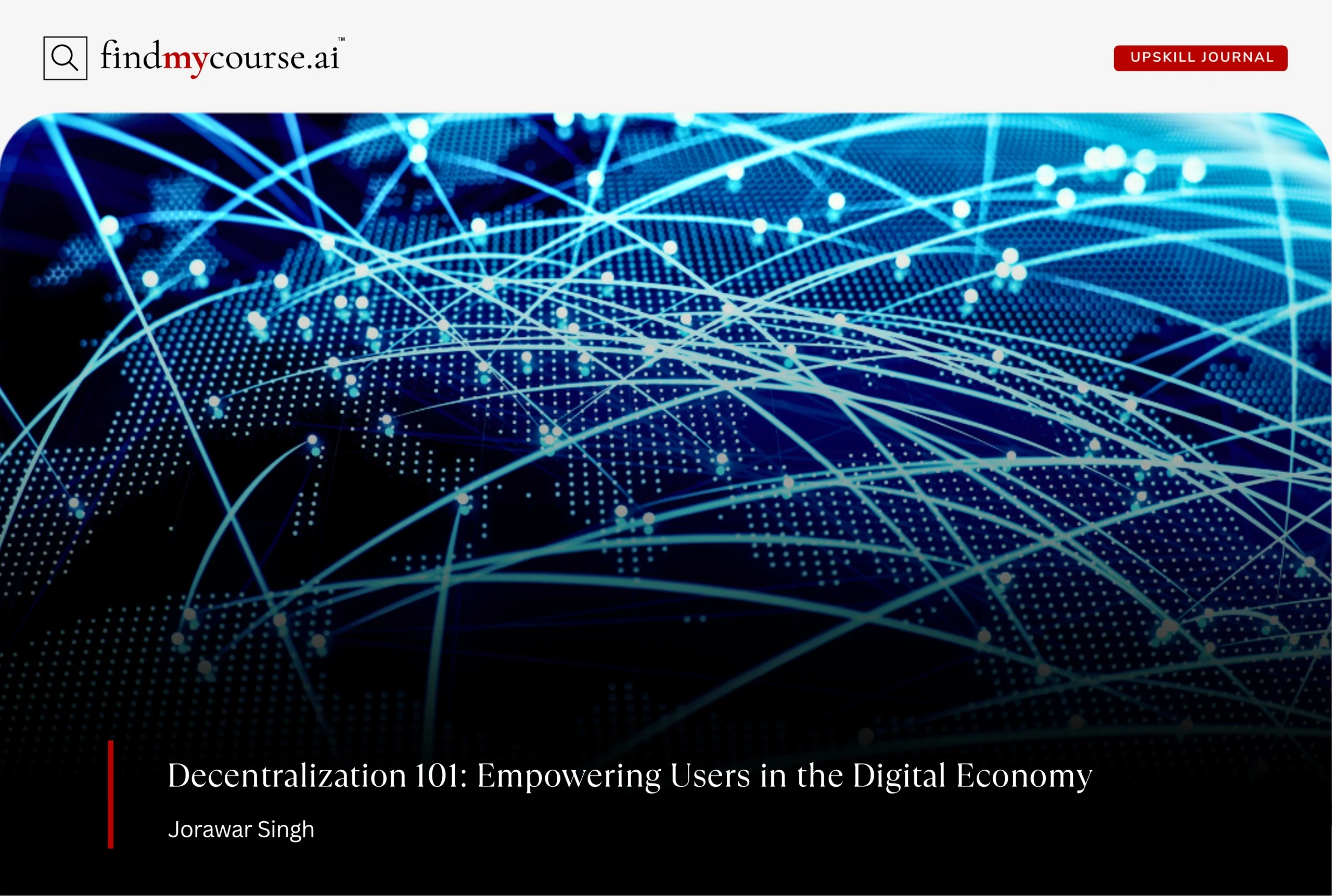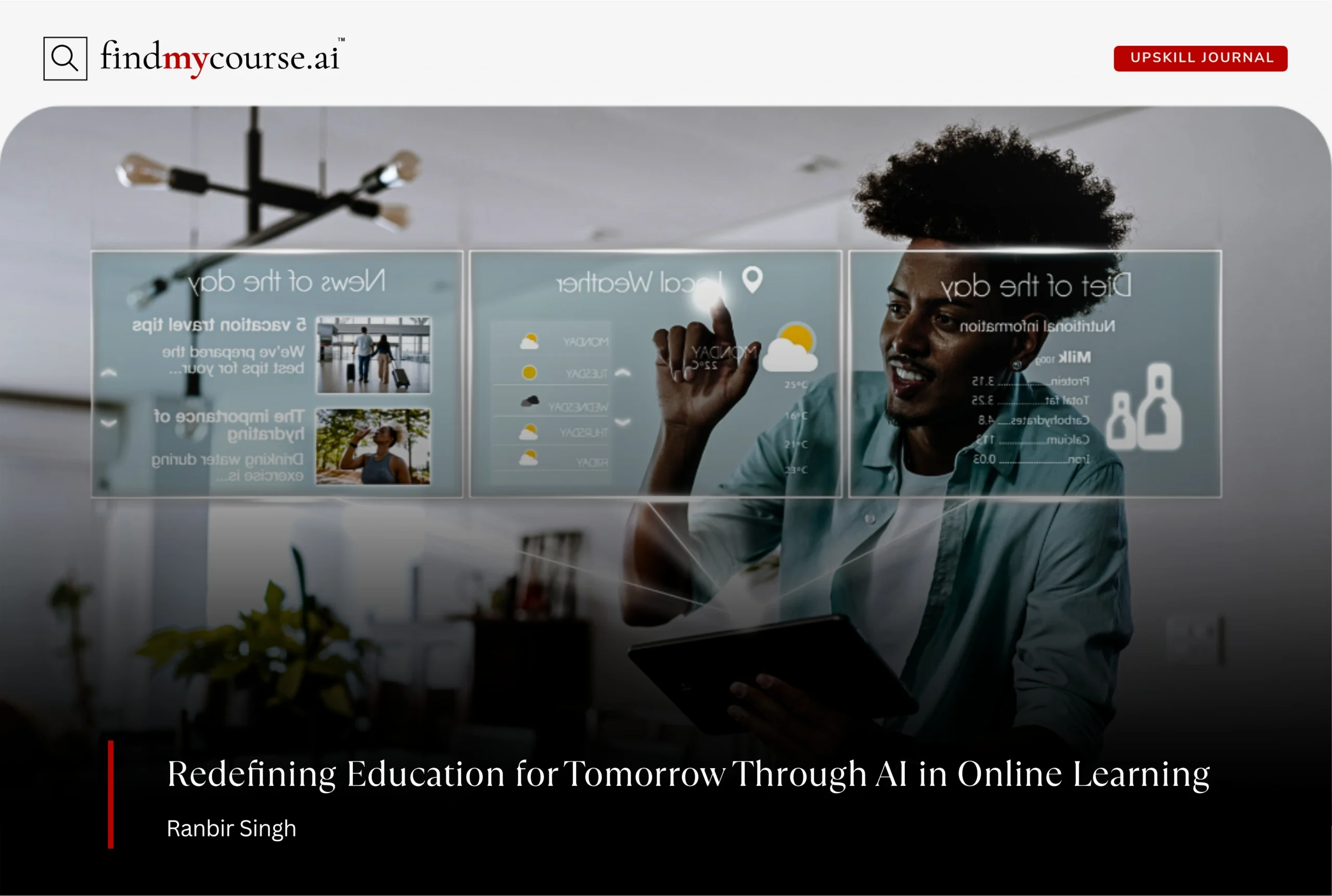In today’s digital era, data surrounds us in every form—social media interactions, online purchases, GPS locations, wearable devices, and even smart home sensors. All of this when collected, analyzed, and interpreted, becomes a powerful resource known as Big Data. Understanding Big Data isn’t just a technical endeavor; it’s also an essential skill for anyone seeking to upskill and thrive in the modern career landscape. Whether you’re an aspiring data analyst, a business professional, or simply curious about the digital world, knowing how it works and its applications can open doors to meaningful opportunities.
What Is Big Data?
At its simplest, Big Data refers to extremely large and complex datasets that cannot be processed efficiently using traditional data-processing software. These datasets are so vast and diverse that they require advanced analytics tools and innovative storage solutions.
Big Data is often described by the “Three Vs”:
- Volume: The quantity of data being generated. With billions of devices online, the amount of information produced every second is staggering.
- Velocity: The speed at which data is created, processed, and analyzed. Real-time analytics have become crucial for industries like finance, healthcare, and e-commerce.
- Variety: The different types of data, including structured (like spreadsheets), semi-structured (like emails), and unstructured (like social media posts and video content).
In addition, some experts consider additional dimensions such as veracity (the accuracy of data) and value (the usefulness of insights). Together, these characteristics make it both challenging and incredibly valuable for organizations that know how to leverage it.
The Power of Big Data Analytics
Big Data Analytics is the process of examining large and complex datasets to uncover patterns, trends, and actionable insights. By applying analytics, businesses can make data-driven decisions faster and more accurately than ever before.
Technologies like cloud computing, artificial intelligence (AI), and distributed computing frameworks have made it possible to process massive datasets in real-time. Learning tools such as Python, R, Spark, and Hadoop, combined with knowledge of machine learning and data visualization, equips individuals to thrive in this data-driven era.
Moreover, Big Data Analytics isn’t just a technical skill—it’s a strategic advantage. Companies that successfully leverage analytics can identify emerging trends, optimize operations, and anticipate customer needs, gaining a competitive edge in crowded markets.
How Big Data Is Used Today
Understanding these applications highlights the transformative power of Big Data across industries. By examining real-world examples, we can see how data-driven insights shape decisions, efficiency, and innovation.
1. Healthcare Transformation
Healthcare is one of the most impactful areas where Big Data is applied. By analyzing electronic health records, wearable device data, and genetic information, healthcare providers can deliver personalized treatment plans, predict disease outbreaks, and improve patient outcomes.
For example, predictive analytics can identify patients at high risk of chronic conditions, allowing early intervention that saves lives and reduces costs. In addition, hospitals use it to optimize staffing, manage supply chains, and monitor public health trends, creating smarter, more efficient healthcare systems.
2. Revolutionizing Finance
The finance industry relies heavily on Big Data to assess risks, detect fraudulent activities, and optimize trading strategies. Real-time data analytics allows banks, investment firms, and insurers to respond instantly to market changes, reducing losses and improving returns.
Furthermore, it helps financial institutions personalize services. By analyzing transaction histories, spending patterns, and credit behavior, companies can offer tailored products and improve customer satisfaction. Consequently, professionals skilled in finance analytics are in high demand, blending technical expertise with strategic insight.
3. Enhancing Retail Experiences
Retailers are increasingly using Big Data to understand consumer behavior and improve the customer journey. From analyzing purchase histories to tracking online engagement, retailers can anticipate customer needs, personalize promotions, and optimize inventory management.
Moreover, predictive analytics allows companies to forecast demand, minimize waste, and respond swiftly to market trends. The result is not only higher profits but also a more satisfying shopping experience for consumers. Retail professionals who learn how to harness it can contribute directly to business growth and innovation.
4. Building Smarter Cities
Urban planning has entered a new era and smart cities utilize data from traffic sensors, energy grids, weather systems, and citizen reports to improve urban life. By analyzing this data, city planners can reduce traffic congestion, optimize public transport, manage waste efficiently, and enhance safety.
For example, predictive analytics can help cities respond proactively to emergencies, from extreme weather events to energy shortages. This integration of Big Data improves residents’ quality of life while promoting sustainability and resource efficiency.
5. Transportation and Logistics
Big Data is transforming transportation by optimizing routes, improving fleet management, and enhancing supply chain efficiency. Companies track shipments in real-time, predict maintenance for vehicles, and analyze traffic patterns to reduce delays. Analytics can also forecast demand, streamline operations, and lower costs. Public transit systems use data to improve schedules and reduce congestion. By leveraging these insights, transportation professionals can increase reliability, enhance customer satisfaction, and support sustainable logistics practices, making the movement of goods and people faster, smarter, and more efficient.
6. Education and E-Learning
Educational institutions and e-learning platforms use Big Data to improve learning outcomes. By analyzing student performance, engagement metrics, and learning habits, educators can tailor lessons to individual needs. Adaptive learning systems use predictive analytics to identify struggling students and provide timely interventions. It also informs curriculum development, resource allocation, and online course personalization. For teachers, administrators, and instructional designers, understanding these insights enables better decision-making, fosters student success, and supports innovative approaches to learning in both traditional classrooms and digital environments.
7. Energy and Utilities
Utility companies harness Big Data to optimize energy production, distribution, and consumption. Smart grids monitor real-time energy usage, detect faults, and reduce waste. Predictive analytics forecasts demand, allowing companies to balance supply efficiently and integrate renewable energy sources. It also supports maintenance planning for infrastructure and reduces operational costs. Consumers benefit from personalized energy insights, enabling smarter usage and cost savings. By leveraging these analytics, energy professionals improve sustainability, enhance efficiency, and support a reliable, resilient, and greener energy ecosystem.
Challenges and Considerations in Big Data
While Big Data offers immense opportunities, organizations and professionals must navigate several challenges to use it effectively.
- Data Quality and Accuracy: Large datasets often contain errors, duplicates, or inconsistencies. Poor-quality data can lead to misleading insights, so careful cleaning and validation are essential.
- Privacy and Ethical Concerns: Collecting and analyzing personal or sensitive data raises ethical questions. Companies must adhere to data protection regulations and ensure transparent, responsible usage.
- Infrastructure and Cost: Storing, processing, and securing massive datasets requires significant infrastructure and investment. Cloud platforms have eased this burden, but costs and resource allocation remain important considerations.
- Skill Gaps: Despite high demand, there is a shortage of skilled professionals who can analyze and interpret data effectively. Continuous upskilling and learning are essential to bridge this gap.
By understanding these challenges, both organizations and professionals can approach Big Data strategically, making informed decisions while mitigating risks.
Conclusion
Big Data has transformed how organizations operate, enabling smarter decisions, improved efficiency, and innovation across industries. By harnessing its power, businesses can predict trends, optimize processes, and deliver personalized experiences. While challenges like data quality, privacy, and skills gaps exist, strategic use of data ensures meaningful insights and competitive advantage. As technology continues to evolve, embracing Big Data responsibly will remain key for professionals and organizations aiming to thrive in an increasingly digital and interconnected world. And if you have any more questions or need help to start in this field, just ask our AI Assistant for path forward.


